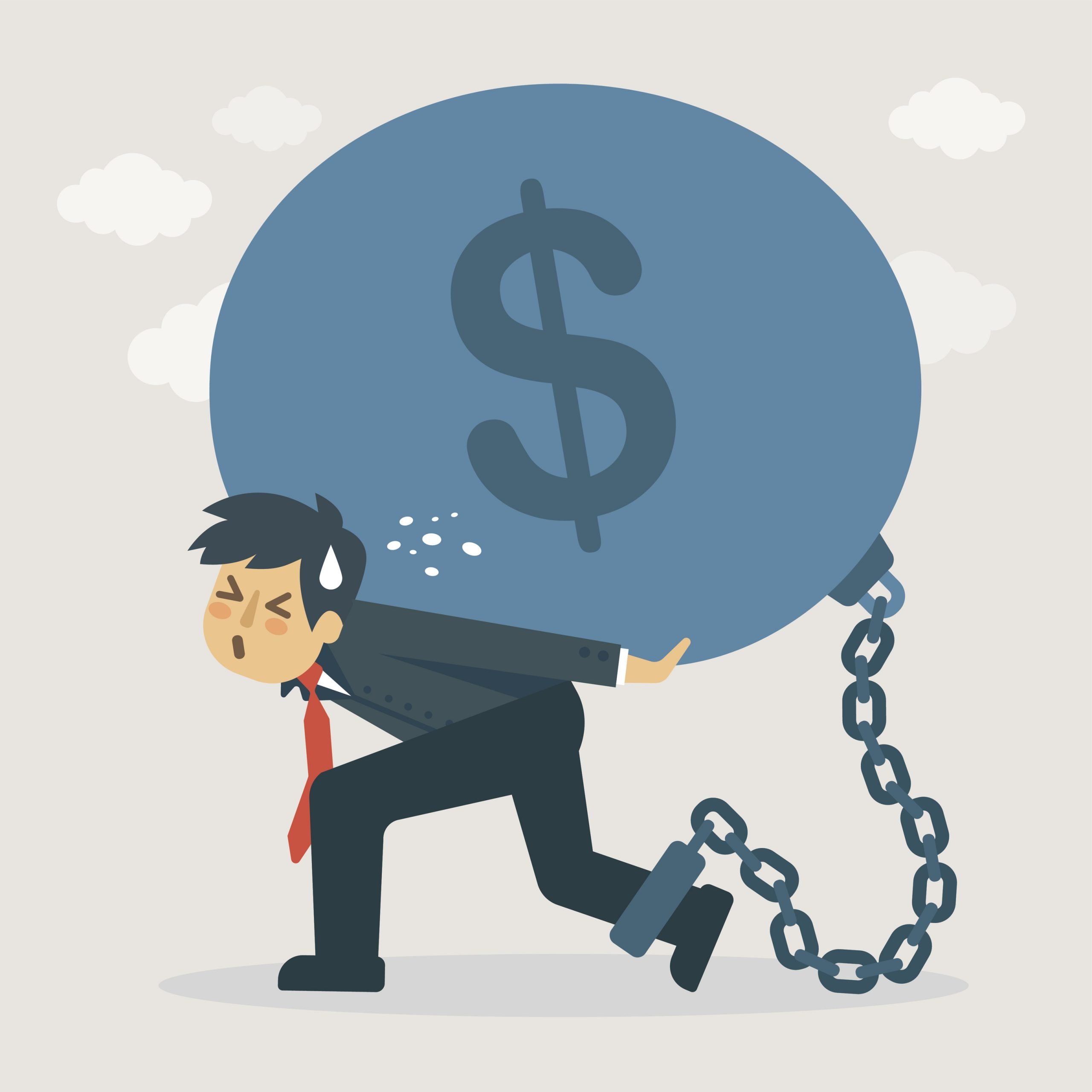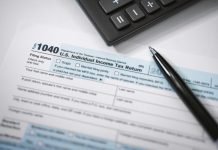 One of the key numbers in your financial life is your debt-to-credit ratio. It has a huge impact on your credit score, and on your budget.
One of the key numbers in your financial life is your debt-to-credit ratio. It has a huge impact on your credit score, and on your budget.
Basically, your debt-to-credit ratio is how much debt you carry versus how much credit you have available collectively and on individual revolving accounts, like a credit card. Like other ratios, this one can be expressed as a percentage. For instance, if you have a $5,000 credit limit and a $2,500 credit card balance, your debt-to-credit ratio for that account is 50%. If you have a $10,000 credit limit and a $2,500 credit card balance, your debt-to-credit ratio for that account is 25%.
When it comes to your credit score, that percentage matters quite a lot. Credit reporting bureaus like Experian and Equifax also call your debt-to-credit ratio your “credit utilization.” It’s just another way of saying that this percentage is about how much credit you’re using compared with how much you have available.
About 30% of your total credit score, give or take depending on the formula used to calculate it, is based on credit utilization. The more of your credit you use, the lower your credit score will be.
Your credit utilization ratio doesn’t directly impact your budget. But most of your credit card payments are based on the balance you owe. So the more you owe, the bigger your minimum payments will be.
When Credit Card Spending Gets Out of Control
Your debt-to-credit ratio can get out of control for a variety of reasons. Maybe you ran into an emergency and had to charge some medical bills or car repairs to your credit card. Or maybe you’ve just let your budget slide and found yourself covering basic bills with credit. You could also have made a conscious decision to temporarily run up a credit card balance in order to finance a big-ticket purchase.
Whatever the reason, your debt-to-credit ratio will increase as your credit card balance or balances increase. When this happens, you’ll see your credit score take a hit, sometimes quite a big one. (Not sure where your credit stands? You can view two of your free credit scores, updated every 14 days, on Credit.com.) Here are three steps you can take if you find yourself in this situation.
1. Build a Small Emergency Fund
This step is especially important if you find yourself dipping into your credit card accounts to pay for emergencies on a regular basis. Sometimes revolving accounts like credit cards or HELOCs can be a decent emergency fund. Just remember not to take out more credit than your budget can handle.
Saving a few hundred to a couple thousand dollars may be the better bet. One rule of thumb here is to save $1,000 in your original emergency fund. That may be too much or not enough for you, though, depending on factors like health insurance coverage, expenses, transportation reliability, and even whether you own or rent your home.
Look back over the past two or three years, money-wise. Figure out when you spent on credit cards due to an emergency and try to estimate how much you would have needed in cash to cover those expenses. Then, save up that amount in a savings account as quickly as you possibly can.
2. Stop Using Credit Cards
In order to pay down your credit card debt, it’s wise to stop running that debt up. So it’s essential that you stop using your credit cards for more purchases that will require you to carry a balance.
Some gurus will tell you to cut up all of your credit cards and shut down the related accounts. This can be a good plan if you truly are prone to overspending. But if you’re generally responsible and just fell on rough times, this may not be necessary. Plus, shutting down your older credit card accounts can cause your credit score to drop by a few points.
Try to do what you need to do in order to stop using your credit cards, whether that means shutting down accounts entirely or just leaving the plastic at home. But also try to use the method that works best for your actual spending habits and needs.
3. Pay Your Cards Down, One Balance at a Time
Now, you just have to do the work of paying down your credit cards. If you have multiple cards open with balances, try to make minimum payments on all your cards. Then, devote any extra cash to making extra payments on the card you want to pay off first.
In what order you choose to pay off your cards depends on your current situation and goals. If you need a get-out-of-debt boost, consider paying off the smallest balances first. That early win can keep you going over the long haul. If your goal is to pay as little interest as possible, consider paying off your high-interest accounts first. This method may help you save you some money over the long run.
There’s no magic secret to dealing with an out-of-control credit utilization ratio. If you’ve run up loads of credit card debt, you’ll have to put in the work to control your spending and pay that debt down. These three steps may help you do that more efficiently.
This article originally appeared on Credit.com and was written by Abby Hayes.










